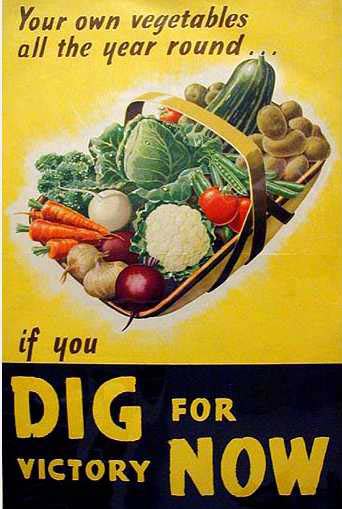
The battle against COVID-19 has prompted the return of an initiative that helped the US get through two previous wars of the shooting kind: The victory garden. Whether fearful of shopping amid crowds at grocery stores, wary of coming food shortages, or desirous of some degree of self-sufficiency, many folks are planning their own victory gardens this year.
Home gardens were a mainstay of family farms in the Catskills during World Wars I and II, and all the years before, after and in between. But many villagers heeded the Catskill Mountain News’ plea of April 26, 1918: “Every person that possibly can should plant a war garden. Boost this for all you’re worth!”
A year earlier, just weeks before the US entered the war, Charles Lathrop Pack had organized the National War Garden Commission to encourage Americans to contribute to the war effort by planting, harvesting and storing their own fruits and vegetables so that more food could be exported to our allies in Europe, where farmers had become soldiers and cropland battlefields.
Posters advocated that civilians “Sow the seeds of victory” by planting their own vegetables in “war gardens,” later known as Victory gardens.” Amateur gardeners were provided with instruction pamphlets on growing and preserving crops.
The federal Bureau of Education initiated a U.S. School Garden Army to mobilize children as “soldiers of the soil.” Gardens were planted in public spaces, too. More than eight million new plots were planted in 1917-18 and an estimated 1.45 million quarts of canned fruits and vegetables were put up by gardeners.
Victory gardens re-emerged in WWII when commercial crops were diverted to the military overseas and domestic transportation was redirected towards moving troops and munitions instead of food. With the introduction of food rationing in the spring of 1942, Americans turned to growing their own fruits and vegetables in a big way. Eleanor Roosevelt even planted a victory garden on the White House lawn.
By 1944, an estimated 20 million victory gardens produced roughly eight million tons of food, the equivalent of more than 40 percent of all the fresh fruits and vegetables consumed in the US.
Wikipedia was consulted for this article
